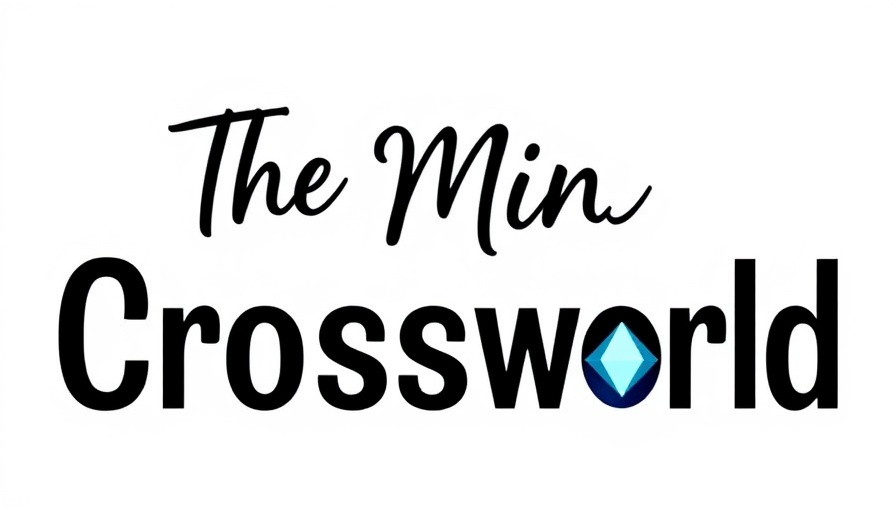
The Finality of Arbitration: A Defined Legal Structure
In the realm of construction disputes, arbitration is often approached as a viable alternative to litigation, promising resolution with minimal time and cost. However, the recent Tennessee Court of Appeals decision in MidSouth Construction, LLC v. Burstiner illustrates that parties must tread cautiously before entering arbitration agreements, particularly when it comes to understanding the limitations of legal recourse once an arbitration award has been rendered.
The case revolved around a homeowner's attempt to challenge an arbitrator's decision regarding alleged defects in deck construction. The court firmly grounded its ruling on the Tennessee Uniform Arbitration Act (TUAA), emphasizing that judicial intervention in arbitration awards is exceedingly restrained. Under the TUAA, awards may only be vacated under specific circumstances including corruption, fraud, or overt partiality—none of which applied in Burstiner. This adjudication underscores the court's pursuit of preserving the integrity of arbitration, even when the outcomes may appear 'irrational' or flawed.
The Challenge of Perceived Irrationality
The homeowner in the Burstiner case argued that the arbitrator's award was fundamentally irrational. Despite the arbitrator recognizing workmanship issues, the ruling favored the contractor, who had repeatedly sought an opportunity to remedy the work. This apparent contradiction—a finding of defective work yet a ruling favoring the contractor—was deemed valid under arbitration standards by the appellate court, which held that arbitrators have the latitude to draw conclusions based on the evidence presented, irrespective of whether their logic aligns with common notions of reasonableness.
This aspect of arbitration presents a significant consideration for business owners and contractors alike: the finality of the arbitrator's discretion can leave parties with little recourse against what they perceive as unjust outcomes. Understanding this nuance is critical for parties involved in construction negotiations and contract discussions.
Legal Framework of Arbitration in Tennessee
The legal framework governing arbitration in Tennessee is stringent and reinforces the ethos that arbitration is designed to be a conclusive mechanism for dispute resolution. The TUAA explicitly prohibits courts from overturning arbitration awards based on dissatisfaction with the arbitrator's reasoning or decisions, a principle echoed in past precedents such as Arnold v. Morgan Keegan and International Talent Group, Inc. v. Copyright Management, Inc.. The court's commitment to minimizing interference protects the autonomy of arbitrators to execute their role in contract interpretation and damage assessment effectively, even at the cost of apparent wisdom.
This strictures reflect broader trends in arbitration, where many jurisdictions increasingly align with the notion of finality in awards. Tennessee courts appear poised to maintain this trend, making it essential for stakeholders to navigate arbitration clauses with a full understanding of the risks involved.
Implications for Future Construction Disputes
The implications of the Burstiner ruling extend beyond the case at hand, presenting vital insights for business owners, property developers, and facility managers engaged in construction projects. Understanding that the avenue for overturning arbitration awards is severely limited can influence how disputes are approached and how contracts are ultimately structured.
For construction firms, the ruling underscores the importance of thorough documentation and communication with clients throughout the project lifecycle. Failing to provide satisfactory opportunities for remediation, as highlighted by the contractor's repeated offers to access the homeowner's property, can shift the outcome substantially even amid justified complaints concerning quality. This calls for more robust project management techniques and transparency in addressing potential defects.
Embracing Practical Insights
Therefore, it is paramount for businesses in the construction sector to diligently assess their arbitration clauses and promote clarity in responsibilities and opportunities for defect correction. The lessons from Burstiner can guide practices surrounding dispute avoidance and resolution, ultimately enhancing the efficiency and success of construction undertakings.
Ultimately, while arbitration can expedite dispute resolution, it is not without its pitfalls. Before diving into arbitration, all parties must weigh their options carefully and prepare for the potential finality of arbitration’s outcomes. Being informed and prepared can save businesses from unexpected financial burdens down the line.
 Add Row
Add Row  Add
Add 




Write A Comment